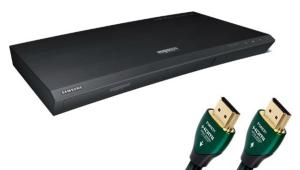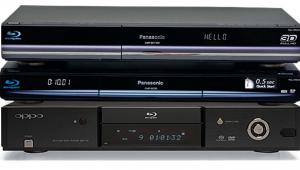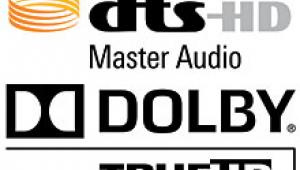How to Buy a Blu-ray Player Page 2
Blu Extras: Interactivity and the Need for Speed
The only way in which Blu-ray Disc is a step back from DVD is in its loading and disc-access times. Early players were plagued with agonizingly slow load times, especially for discs heavy with the Java coding that powers all of BD’s compelling interactivity—the real-time chapter menus and PiP, games, BD-Live connectivity, etc. The PS3 became an early sensation for its speed and reliability and remains so for those same reasons. OPPO’s BDP-83 was the first standalone player to challenge the PS3 in terms of speed and reliability, and the other current standouts include recent players from LG and Samsung. Depending on your frustration tolerance, speed might be the best reason for you to buy a certain player over another and the best motivation for those who bought sluggish first- or second-generation BD players to look at an upgrade.
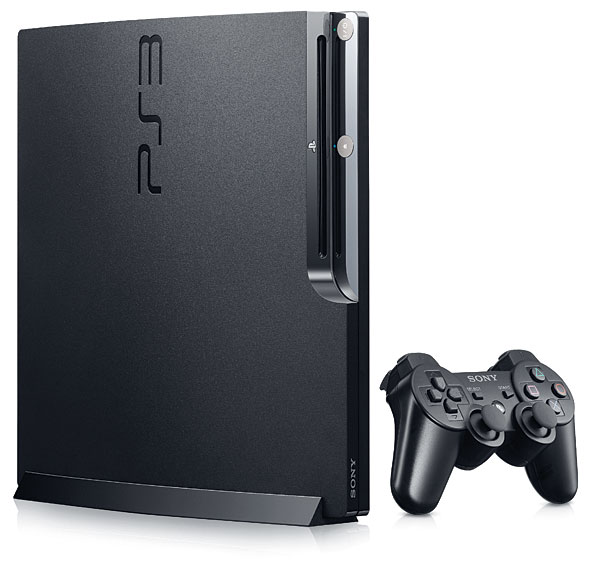
Blu Extras: Stream Away
It’s not a dramatic stretch to call the PlayStation 3 the set-top box that won the format war for Blu-ray. If the PS3’s evolution as a multiplatform media hub has taught us (and manufacturers) anything, it’s that Blu-ray players don’t need to be dirt cheap to move off the store shelves; they just need to offer desirable features and therefore more value. Today’s BD players are Internet-connected devices that offer a host of streaming applications and features to grab content off the Web. YouTube videos (for all you Double Rainbow Guy fans out there), Flickr and Picasa photos, and Pandora Internet radio are all regulars on a variety of players from the major manufacturers. We’re currently recommending players from LG, Panasonic, Samsung, Sony and Toshiba that have compelling streaming feature sets (OPPO’s next generation of players will follow suit). Fans of movies on demand can look for Blockbuster, Netflix, and Amazon apps. But we’re especially high on VUDU’s HDX streams. When the bandwidth is there, VUDU delivers the highest-quality 1080p streams we’ve seen and is now offering 5.1-channel Dolby Digital Plus surround sound. (Netflix is also rolling out Dolby Digital Plus 5.1 with its streams as well, but at press time, the hardware platforms supporting it were very limited but sure to grow.) VUDU isn’t Blu-ray quality, but we’re still impressed. Just check the spec sheet for the streaming apps you want before you buy. Also note that the quality of your streaming video feeds will depend heavily on the speed of your Internet connection. If your broadband pipeline is too slow, it’s time to call your ISP and ask for that turbo-charged data package.
To 3D or Not to 3D
Not all 3D will be created equal. As we go to press, the only way to get full 1080p 3D at each eye is from Blu-ray 3D. All of the 3D formats in use for cable and satellite appear to be half-resolution 3D masquerading as high def. Unfortunately, at present some of the best Blu-ray 3D content is only available in exclusive bundles of 3D equipment from specific manufacturers, but that’s a story for a different day. For now, whether you’re looking for a Blu-ray 3D player or the right manufacturer’s bundle with a 3D player and 3DTV, we have some hot tips.
First, beware of a player labeled “3D ready.” While the word ready means good to go to you and me, in this arena, it means that the player requires a firmware update to play back Blu-ray 3D Discs in 3D. While that update may arrive in all haste, the update will happen on the manufacturer’s timetable, not yours. If you want 3D now, your safest bet is to be sure the player you buy is 3D capable the day it comes home with you. Sub-$200 players are already out there, so it’s an affordable proposition.
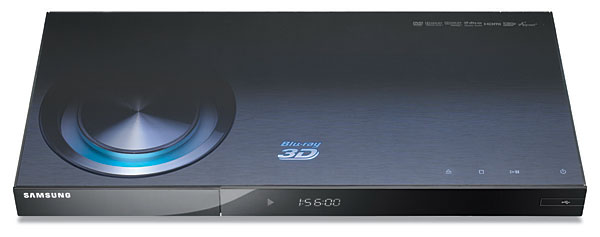
When you’re shopping for a Blu-ray 3D player, you must again consider the A/V receiver or surround processor you’ll be connecting the player to. While you can connect the player directly to the 3DTV, you’ll get the best audio performance if separate components provide lossless audio capability. If you’re a big spender and are buying a new AVR or surround processor with your 3DTV and Blu-ray 3D player, just make sure to get an HDMI 1.4–equipped model that the manufacturer specifically calls out as 3D capable. However, if you just bought an AVR or surround processor of the HDMI 1.3 or earlier variety, don’t panic. OPPO, Panasonic and Samsung make Blu-ray 3D players with dual HDMI outputs, and other manufacturers will undoubtedly follow suit. This allows a direct video HDMI connection to the 3DTV and a lossless-audio-capable HDMI audio connection to your AVR or surround processor.
Note too that Blu-ray 3D players are backward-compatible with 2D Blu-ray Discs, DVDs, and CDs. If you think you’re a candidate for a 3DTV down the road, you can cover your bases by investing in a 3D player now and playing all the 2D Blu-ray Discs and DVDs you can handle until you get to the third dimension.
Good Hunting
Home Theater magazine has been front and center with the Blu revolution. We get our hands on every significant player out there, and these are the hot tips we’ve distilled over time. This is the best head start we can give you in finding the right Blu-ray player for you and your system.
